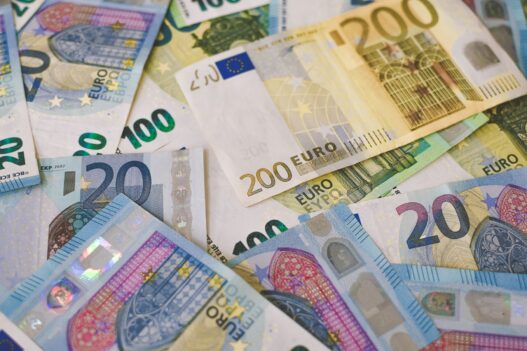Understanding the local currency is essential for a smooth and stress-free trip. Whether you’re planning to explore Croatia’s stunning coastline or its rich cultural heritage, knowing how to handle money will make your experience even better. This guide covers everything you need to know about the currency in Croatia, including exchange rates, where to exchange money, and tips to avoid scams.
1. What Is the Official Currency of Croatia?
The official currency of Croatia is the Euro (€) (as of January 1, 2023). It replaced the Croatian kuna (HRK), making transactions easier for travelers from Europe.
Symbol: €
Code: EUR
Common Denominations:
Coins: 1c, 2c, 5c, 10c, 20c, 50c, €1, €2
Banknotes: €5, €10, €20, €50, €100, €200
2. Exchange Rates and Conversions
Exchange rates fluctuate daily, so it’s important to check the current rate before exchanging money. You can use online tools like xe.com or check with local banks.
3. Where to Exchange Money Safely
Croatia offers several safe options for exchanging money:
- Banks: The most secure option with fair rates. Banks are usually open Monday through Friday from 8 AM to 4 PM.
- ATMs: Widely available across cities and tourist areas. Look for ATMs from reputable banks like Zagrebačka Banka or Erste Bank.
- Exchange Offices (Mjenjačnica): Convenient but may charge higher fees. Always confirm the exchange rate before proceeding.
- Hotels: Some hotels offer currency exchange but often at less favorable rates.
Avoid:
Street vendors or unauthorized exchange offices offering “better” rates—they are often scams.
4. Can You Use Other Currencies in Croatia?
While euros are now the official currency:
Some businesses in tourist-heavy areas may accept U.S. dollars or British pounds but at poor conversion rates.
It’s always best to pay in euros to avoid confusion or extra fees.



